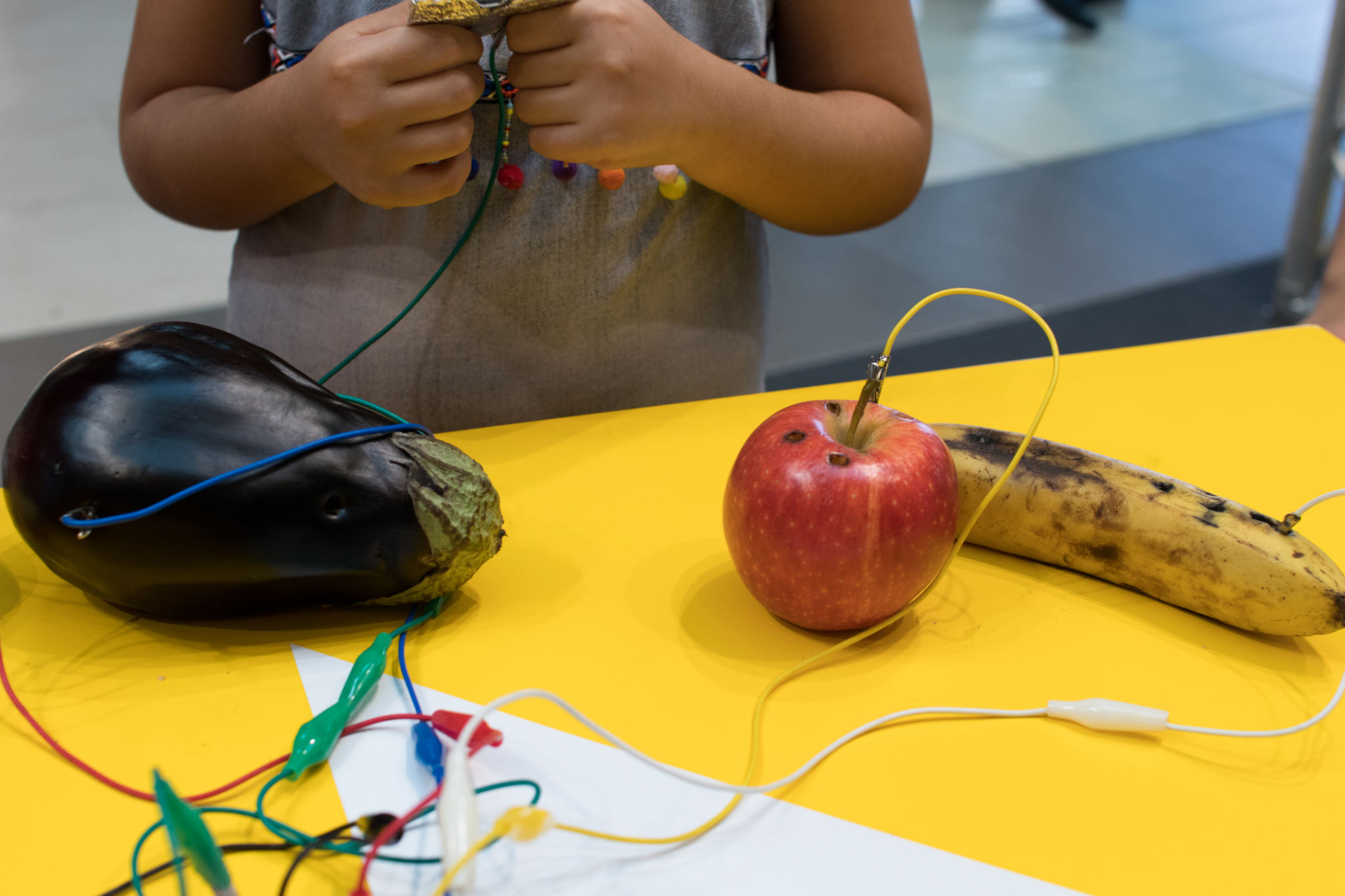How to Implement a Successful Makerspace in Colorado Schools
Understanding the Concept of a Makerspace
A makerspace is a collaborative work environment where students can explore, create, and innovate using a variety of tools and materials. These spaces are designed to foster creativity, critical thinking, and problem-solving skills. In Colorado schools, implementing a successful makerspace can significantly enhance the educational experience by encouraging hands-on learning.

Identifying the Right Space and Resources
The first step in establishing a makerspace is identifying a suitable location within the school. It could be a repurposed classroom, a section of the library, or even a dedicated area in the school’s technology lab. The key is to ensure that the space is accessible, flexible, and conducive to creative projects.
Once the space is identified, the next step is to equip it with essential resources. This includes basic tools like scissors, glue guns, and screwdrivers, as well as more advanced equipment such as 3D printers, laser cutters, and computers with design software. Schools should also consider incorporating materials like cardboard, fabric, and electronic components to support diverse projects.
Building a Supportive Community
A successful makerspace thrives on community involvement. Engaging teachers, students, and parents in the planning and operation of the makerspace is crucial. Teachers can integrate makerspace activities into their curriculum, while parents and local businesses might contribute by donating materials or volunteering their time to assist students.

Creating an Inclusive Environment
An effective makerspace is welcoming to all students, regardless of their background or skill level. It’s important to create an inclusive environment where everyone feels encouraged to participate. Consider implementing workshops or training sessions that cater to different interests and abilities. This helps ensure that every student has the opportunity to learn and grow in the makerspace.
Additionally, promoting a culture of collaboration over competition can lead to more meaningful learning experiences. Encourage students to work together on projects and share their knowledge and skills with one another.
Evaluating and Sustaining the Makerspace
Once the makerspace is up and running, it’s important to continually assess its effectiveness. Regular evaluations can help identify areas for improvement and ensure that the space continues to meet the needs of students and teachers. Feedback from participants can provide valuable insights into how the makerspace can evolve.

Sustainability is another key factor in maintaining a successful makerspace. Schools should establish a dedicated budget for ongoing expenses such as consumable materials and equipment maintenance. Seeking partnerships with local businesses or applying for grants can also help provide additional funding.
Showcasing Success Stories
Sharing success stories from the makerspace can inspire others and highlight the benefits of hands-on learning. This could involve showcasing student projects at school events or creating a blog or social media page to document achievements. By celebrating the accomplishments of students, schools can reinforce the value of the makerspace and encourage continued participation.
In conclusion, implementing a successful makerspace in Colorado schools requires careful planning, community involvement, and a commitment to inclusivity and sustainability. By following these guidelines, schools can create vibrant spaces that empower students to explore their creativity and develop essential skills for the future.
